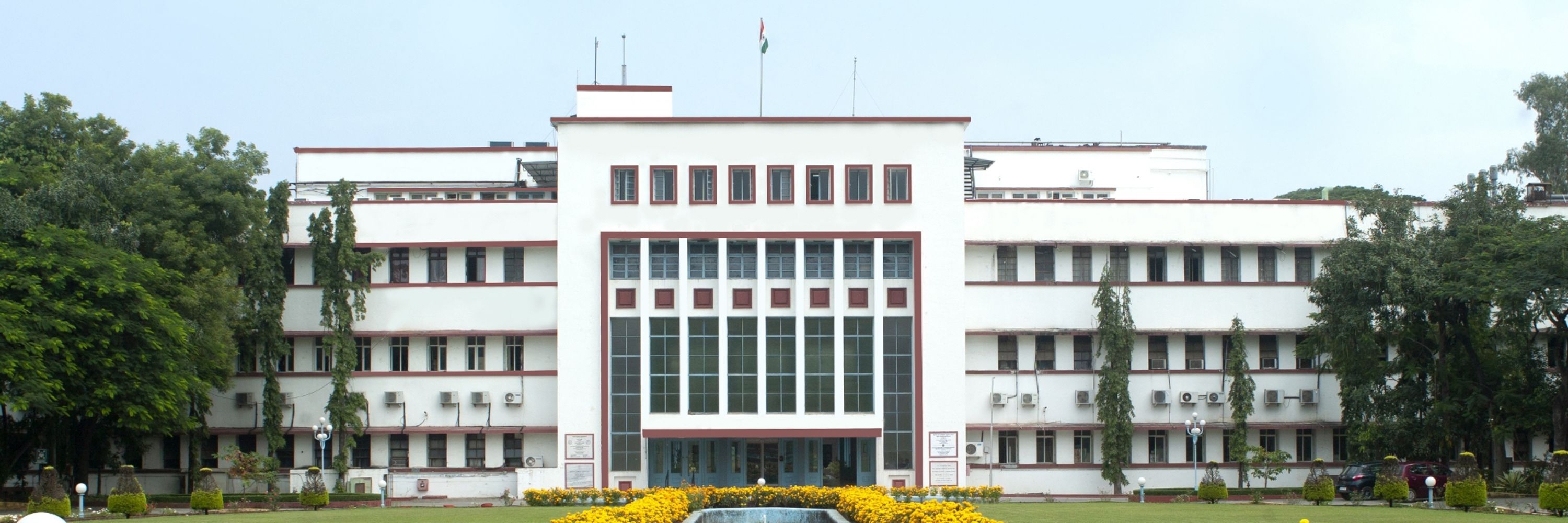
http://academic.ncl.res.in/ss.sen

So proud to congratulate first author Leon Gomm for his first paper in JACS. Thanks to Hui Zhu and Stefan Grimme for the ever helpful DFT calculations. @unibonn.bsky.social
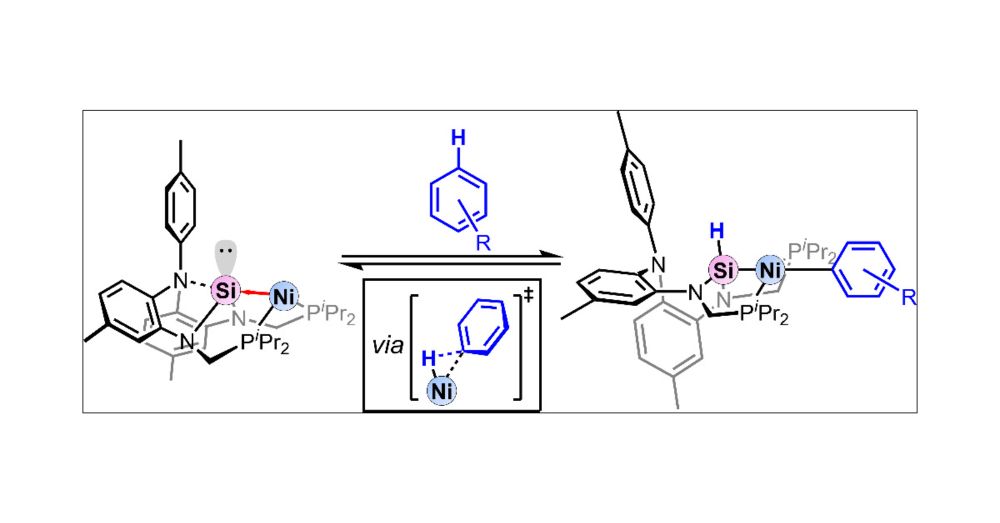
So proud to congratulate first author Leon Gomm for his first paper in JACS. Thanks to Hui Zhu and Stefan Grimme for the ever helpful DFT calculations. @unibonn.bsky.social
#MagnesiumCatalysis
#SustainableChemistry
pubs.acs.org/doi/10.1021/...
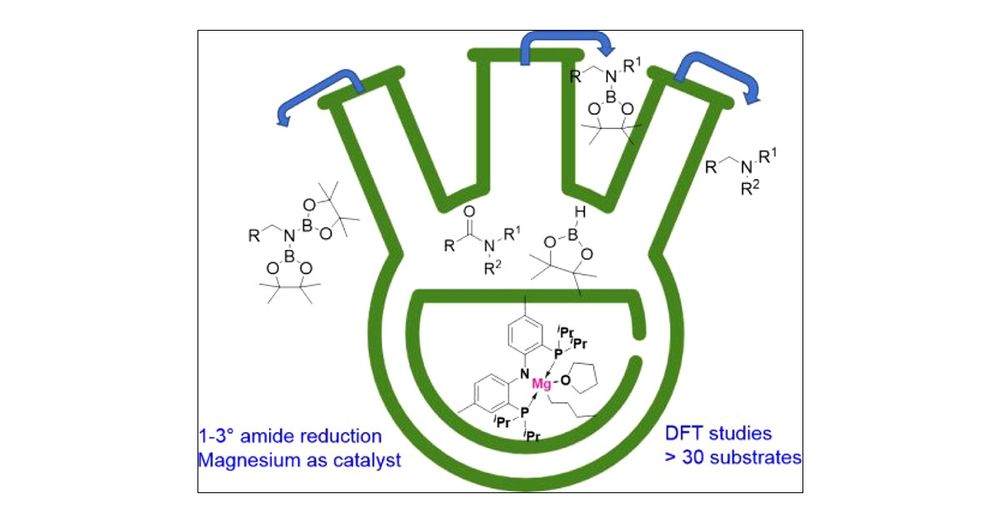
#MagnesiumCatalysis
#SustainableChemistry
pubs.acs.org/doi/10.1021/...
Just published @daltontrans.rsc.org
Thanks CSIR-NCL, CSIR-NEIST
& ANRF, India for support
pubs.rsc.org/en/content/a...
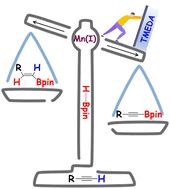
Just published @daltontrans.rsc.org
Thanks CSIR-NCL, CSIR-NEIST
& ANRF, India for support
pubs.rsc.org/en/content/a...
chemistry-europe.onlinelibrary.wiley.com/doi/10.1002/...

chemistry-europe.onlinelibrary.wiley.com/doi/10.1002/...
Thanks CSIR-NCL and ANRF for support!
pubs.acs.org/doi/10.1021/...
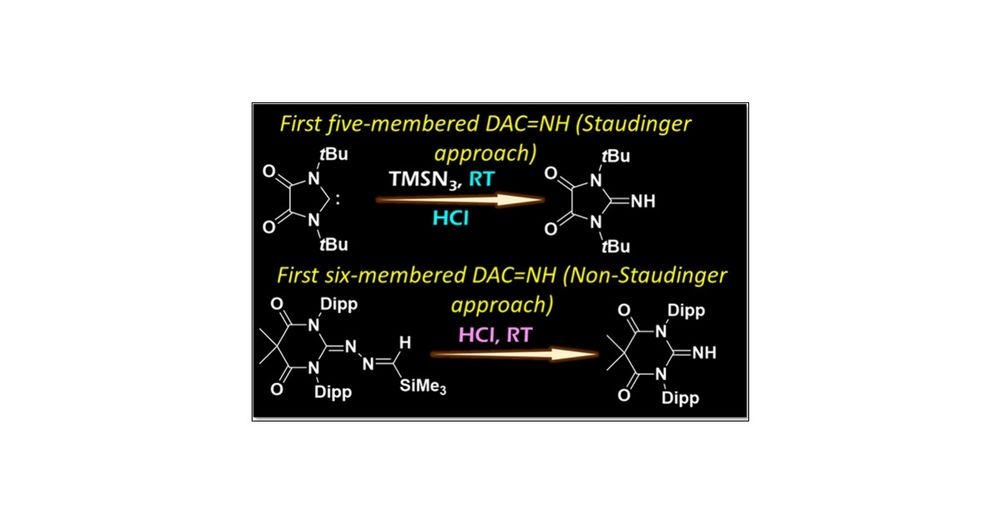
Thanks CSIR-NCL and ANRF for support!
pubs.acs.org/doi/10.1021/...
Many thanks to all the co-authors
DrAhmed Fetoh and prof. Jordi Poater #carbene #radicalchemistry
chemistry-europe.onlinelibrary.wiley.com/doi/full/10....
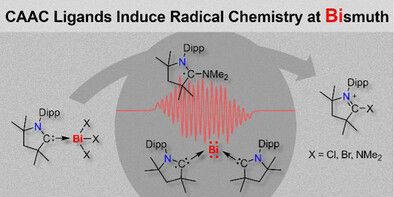
Many thanks to all the co-authors
DrAhmed Fetoh and prof. Jordi Poater #carbene #radicalchemistry
chemistry-europe.onlinelibrary.wiley.com/doi/full/10....
Many thanks to @sengroup.bsky.social
pubs.rsc.org/en/content/a...
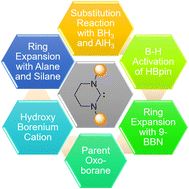
Many thanks to @sengroup.bsky.social
pubs.rsc.org/en/content/a...
We describe the scission of OH and CH bond by magnesium using MLC! Great team work by vishal Sharma Rajesh gonnade, Soumya Dash, and Kumar Vanka.
Thanks CSIR-IND and csir-ncl for financial support!
pubs.acs.org/doi/10.1021/...
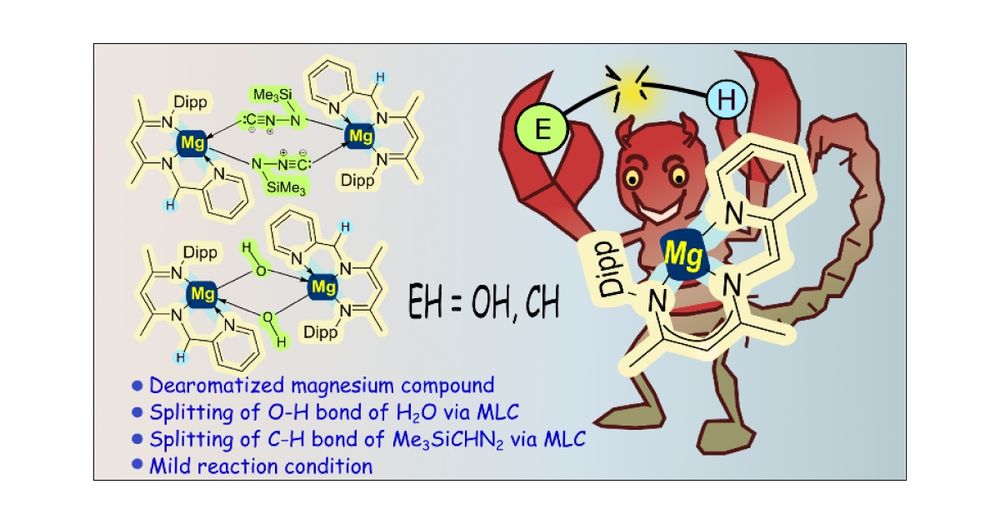
We describe the scission of OH and CH bond by magnesium using MLC! Great team work by vishal Sharma Rajesh gonnade, Soumya Dash, and Kumar Vanka.
Thanks CSIR-IND and csir-ncl for financial support!
pubs.acs.org/doi/10.1021/...
Best wishes and looking forward to some exciting chemistry with Sjoerd Harder at Erlangen.
An old photo in my office after his PhD defence

Best wishes and looking forward to some exciting chemistry with Sjoerd Harder at Erlangen.
An old photo in my office after his PhD defence
His impact in #Crystallography was immense; from the SHELX software used globally, to teaching, structures, journals, and more.
More by the ECA here: ccdc-info.com/41gvV3M


Wishing Ajith a productive time in Toronto with Doug Stephan & Karin Ruhlandt
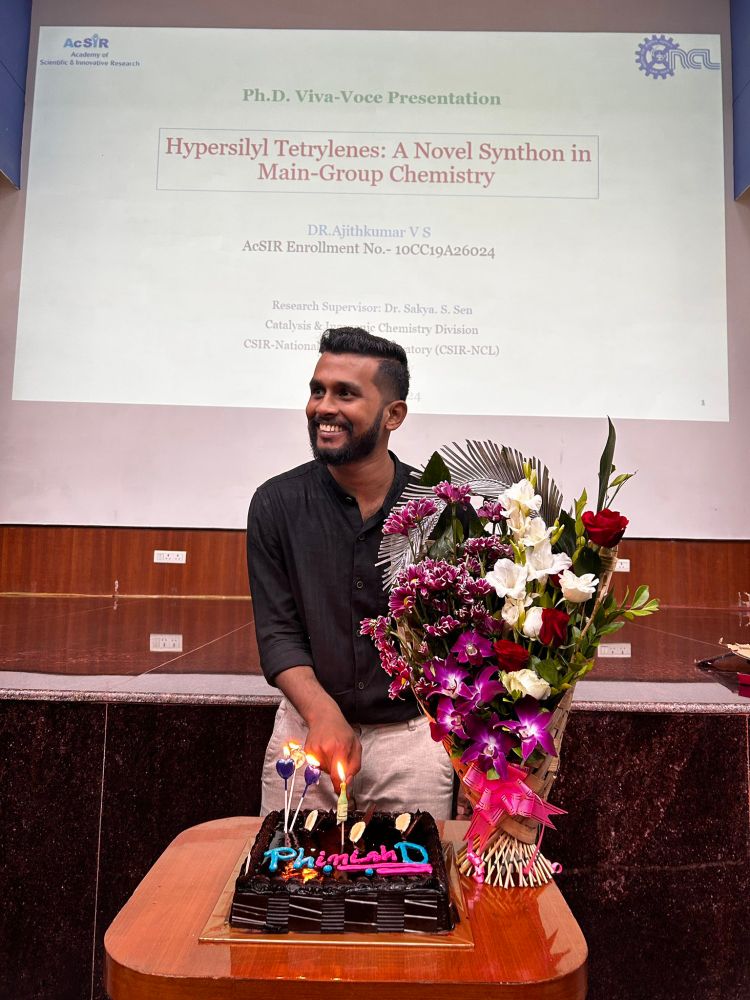

Wishing Ajith a productive time in Toronto with Doug Stephan & Karin Ruhlandt
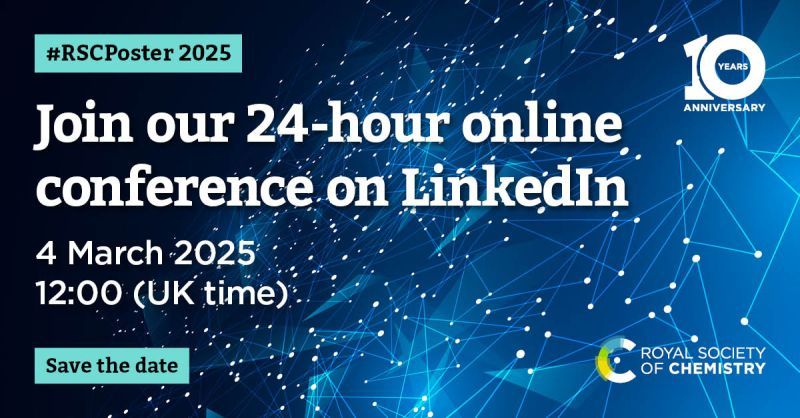
onlinelibrary.wiley.com/doi/10.1002/...

onlinelibrary.wiley.com/doi/10.1002/...
onlinelibrary.wiley.com/doi/10.1002/...

onlinelibrary.wiley.com/doi/10.1002/...
#Nheterocycliccarbene
pubs.rsc.org/en/content/a...

#Nheterocycliccarbene
pubs.rsc.org/en/content/a...
doi.org/10.1039/D4SC...
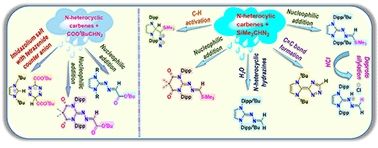
doi.org/10.1039/D4SC...

